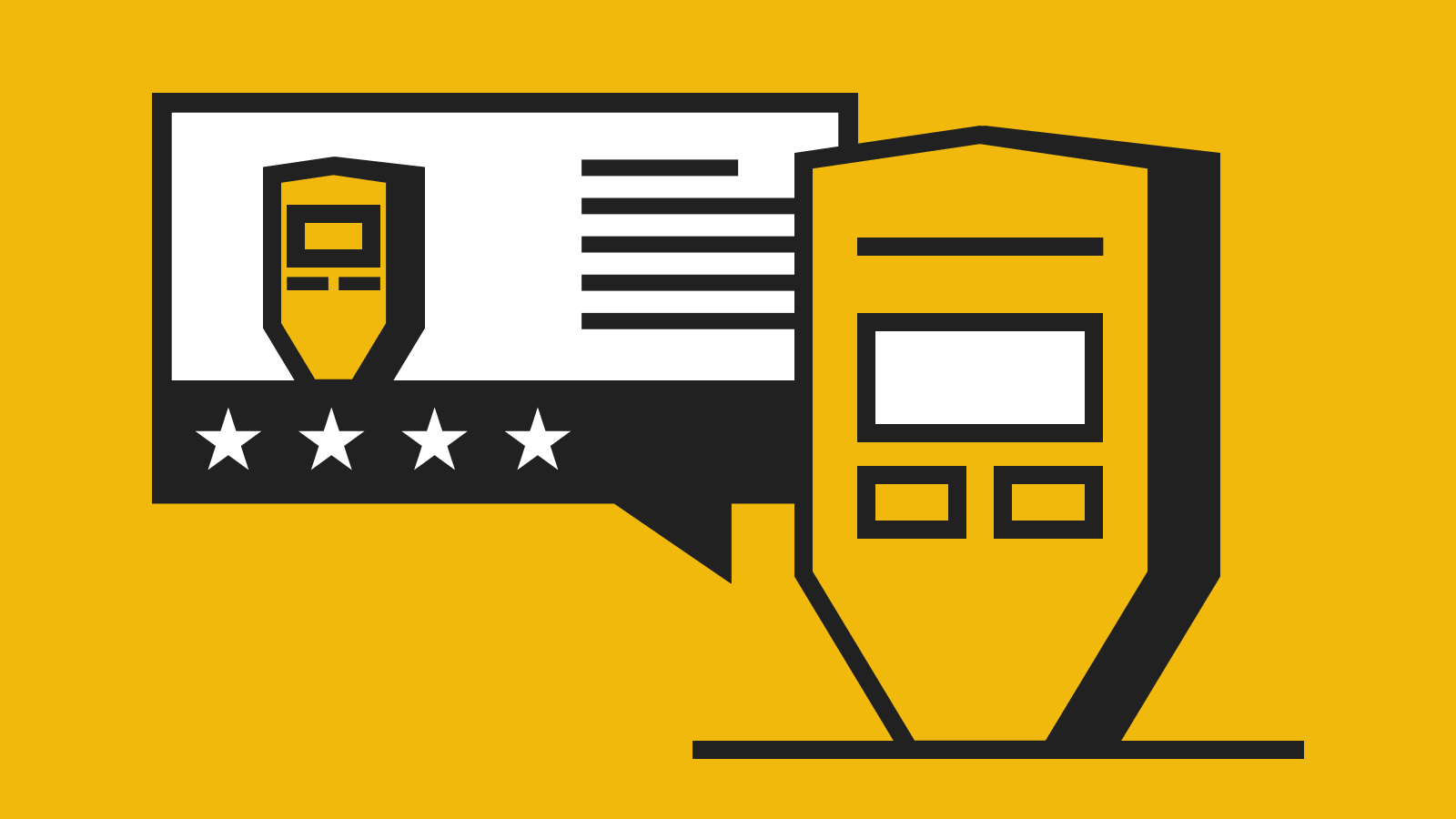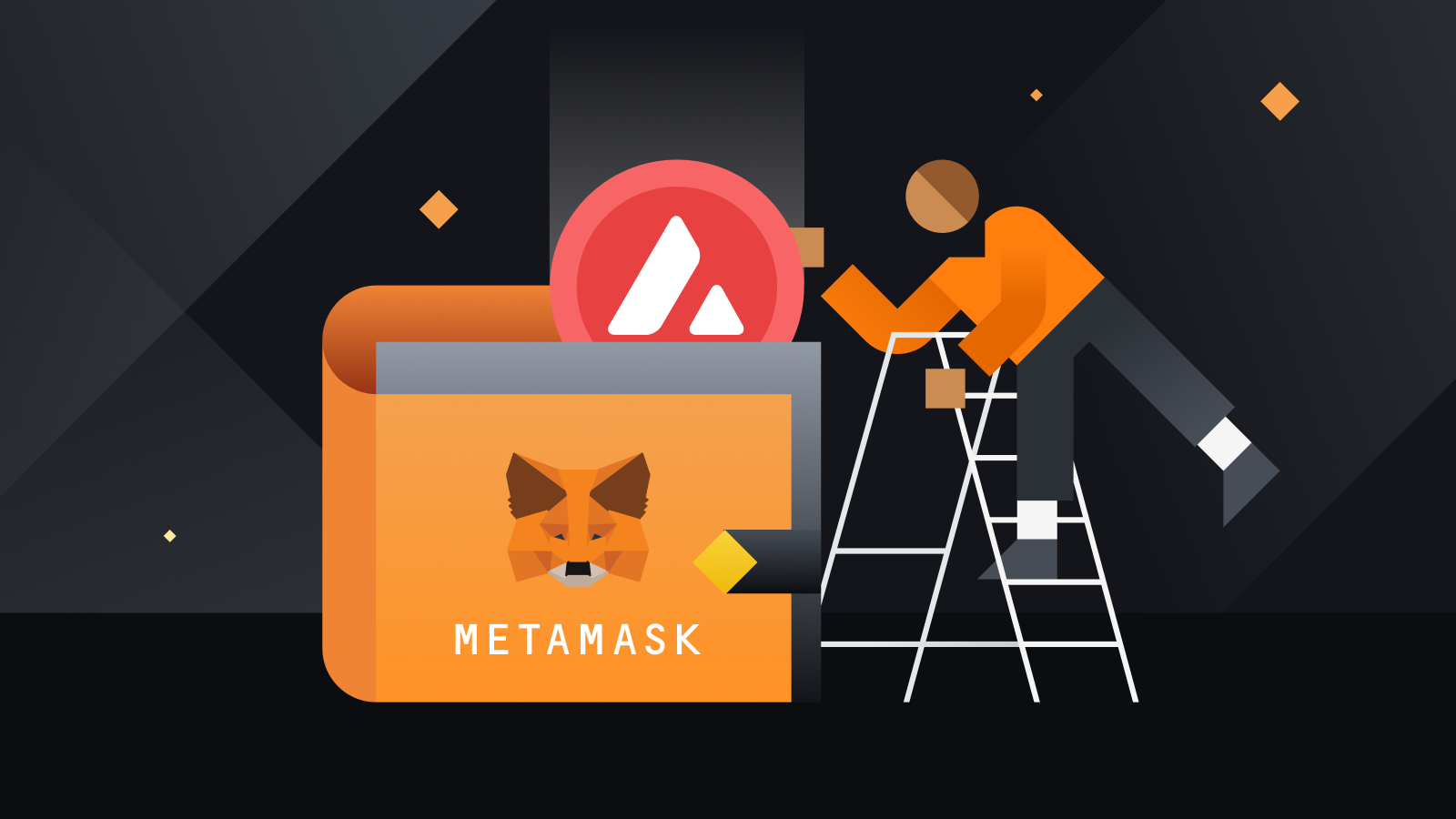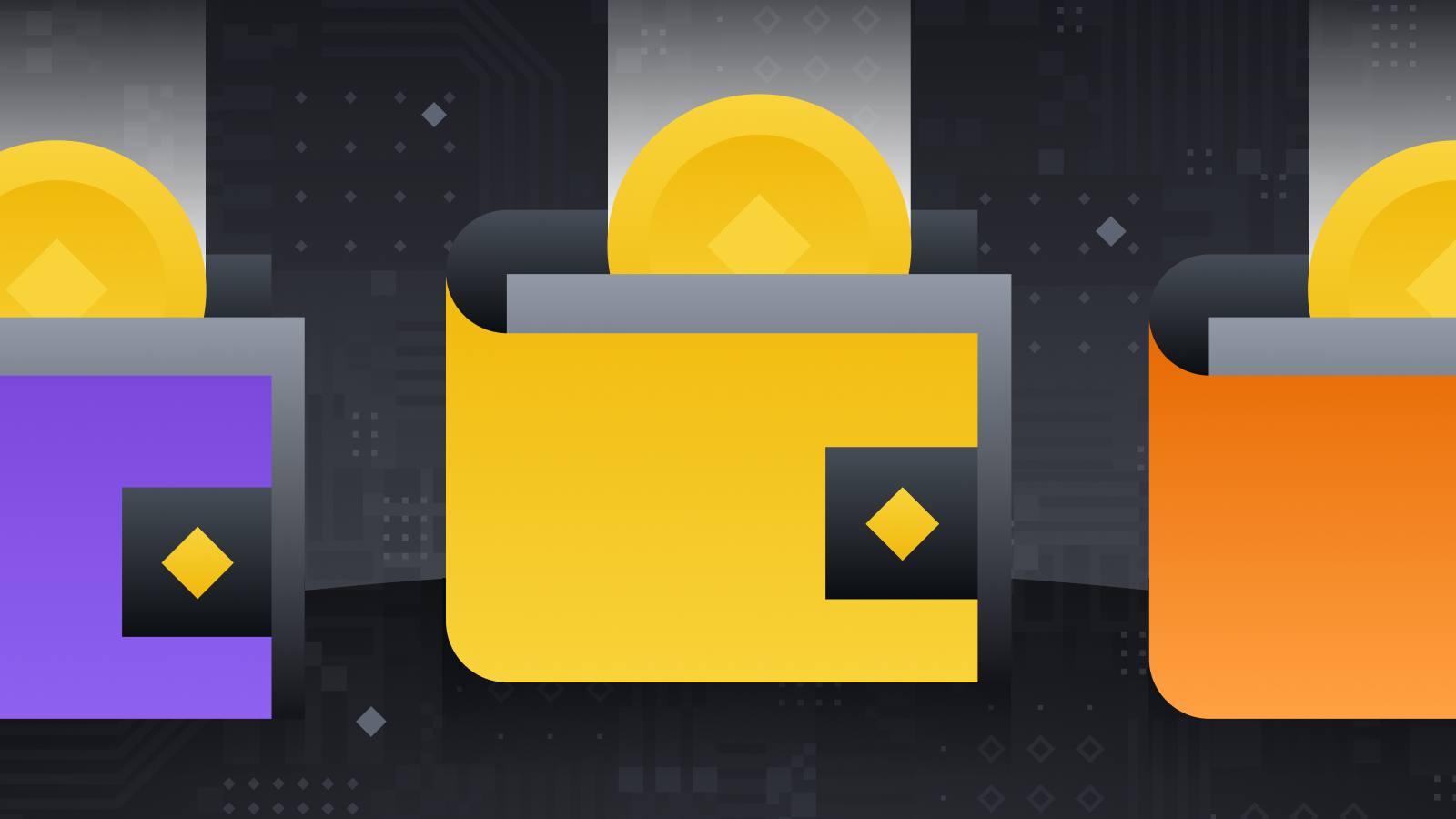Trezor One specifications

What’s in the box?
Trezor One
USB-A to Micro-USB cable
Three recovery sheets
Stickers
Startup manual
A Trezor-branded ribbon
Trezor One overview
The Trezor One by SatoshiLabs paved the way for the ever-growing hardware wallet industry. Launched in 2014, the original vaulting solution for cryptocurrency continues to be widely used today – in spite of the appearance of more modern alternatives.
For users that like to balance security with usability, the Trezor One’s small form factor and compatibility with a handful of desktop, browser, and mobile wallets make it a reliable everyday crypto wallet.
The web interface allows users to manage, send, and receive thousands of coins and tokens or to sign and verify messages. It doesn’t yet support multisig or native SegWit for Bitcoin transactions, but the Trezor One can be used with Electrum to get around these limitations.
When connecting the wallet to another device, users must enter their PIN to unlock it. The numbers are mapped to a grid on the Trezor, but masked on the other device’s screen. The device must be used in conjunction with the wallet for the user to input their PIN. This ensures that the computer, even if compromised, can’t gather any information from the wallet.
Nonetheless, because the Trezor One is more dependent on a secondary device for operations, it generates a 24-word seed phrase for greater security. Still, seeds of different lengths can be recovered on the device.
Another nice addition is the Trezor One’s usability as a password manager.
Looking to get started with cryptocurrency? Buy Bitcoin on Binance!
Trezor One pros and cons
Pros
Supports 1000+ assets
Extensive documentation available online
Affordable price
Open-source firmware
Cons
Flimsy feel
Small screen
Trezor One pricing
As of February 2020, the Trezor One is priced at $55.
It’s advised to always buy hardware wallets directly from the manufacturer or official resellers. Buying second-hand hardware wallets poses the risk of the private keys being compromised.
Closing thoughts
At just over six years old, the Trezor One has cemented its place in cryptocurrency history from an early stage. It may lack some of the features of the second generation of hardware wallets, but it does what it does well.
SatoshiLabs has an excellent track record in the space, and the price point makes it one of the cheapest devices on the market. With an abundance of documentation available, the Trezor One is the perfect hardware wallet for beginners and cryptocurrency veterans alike.



